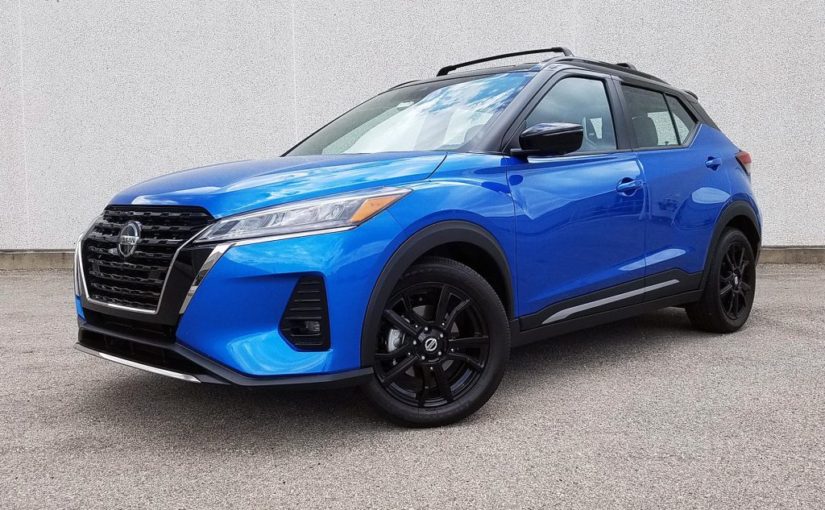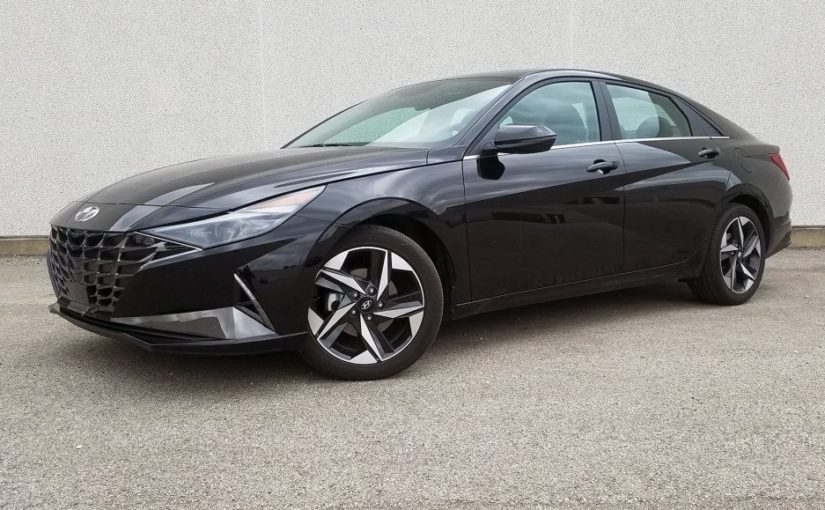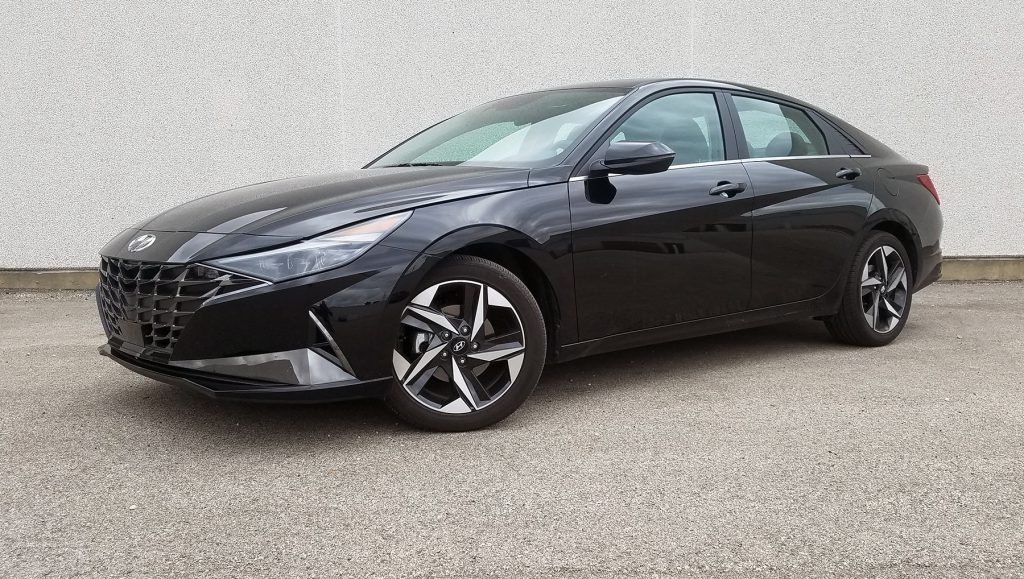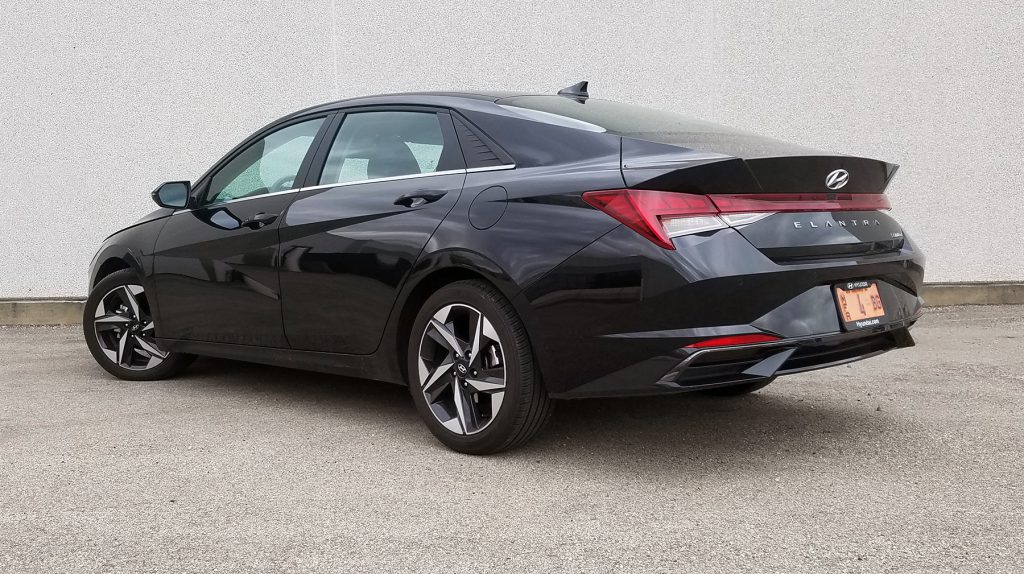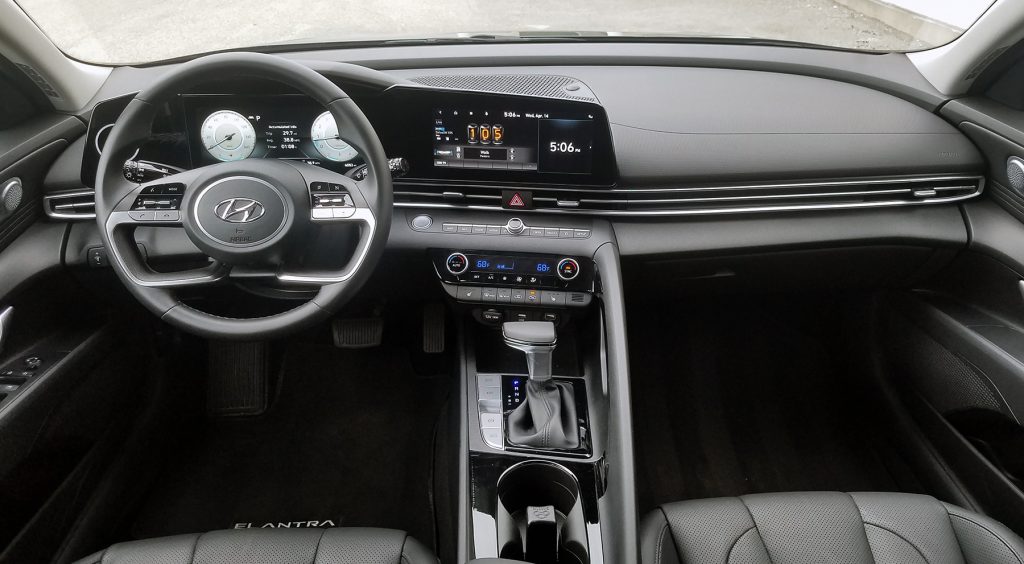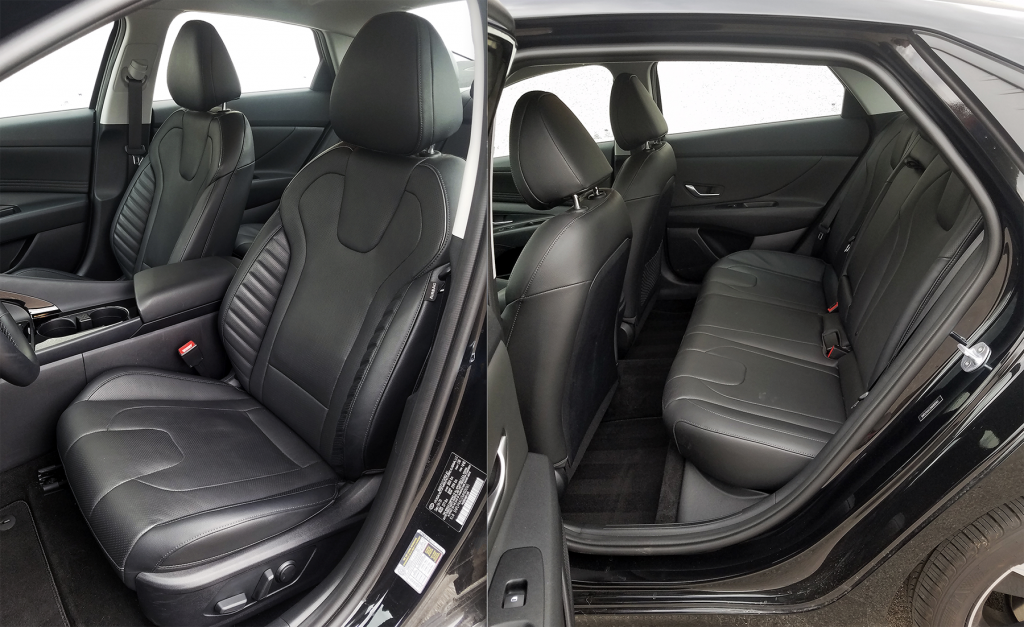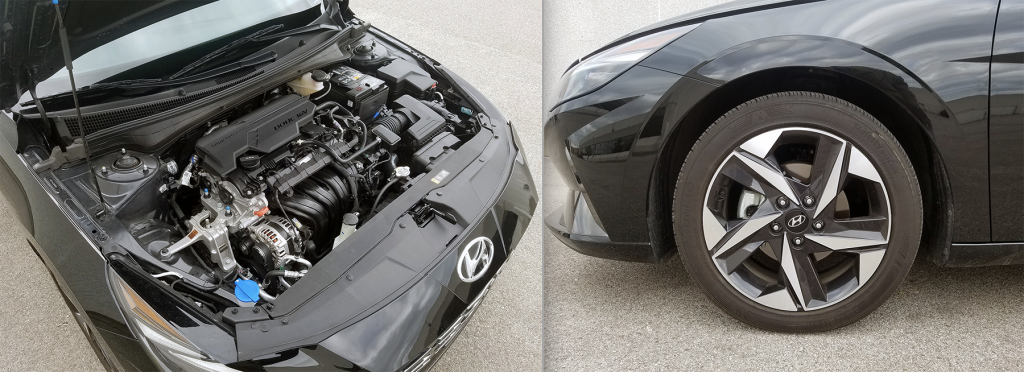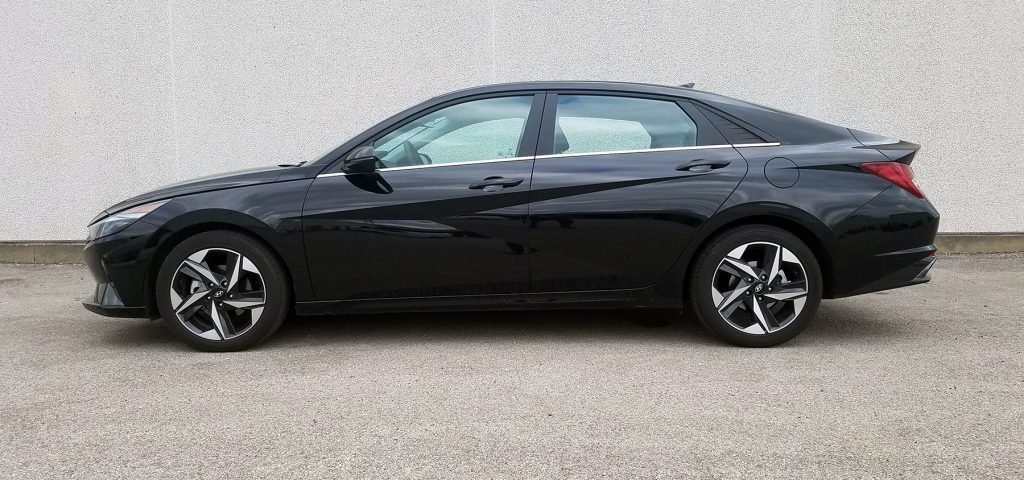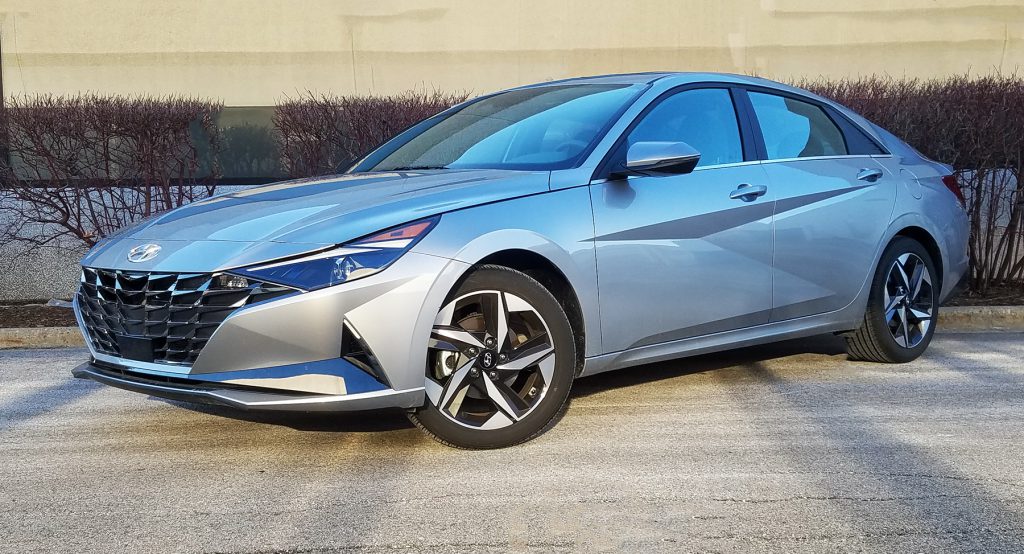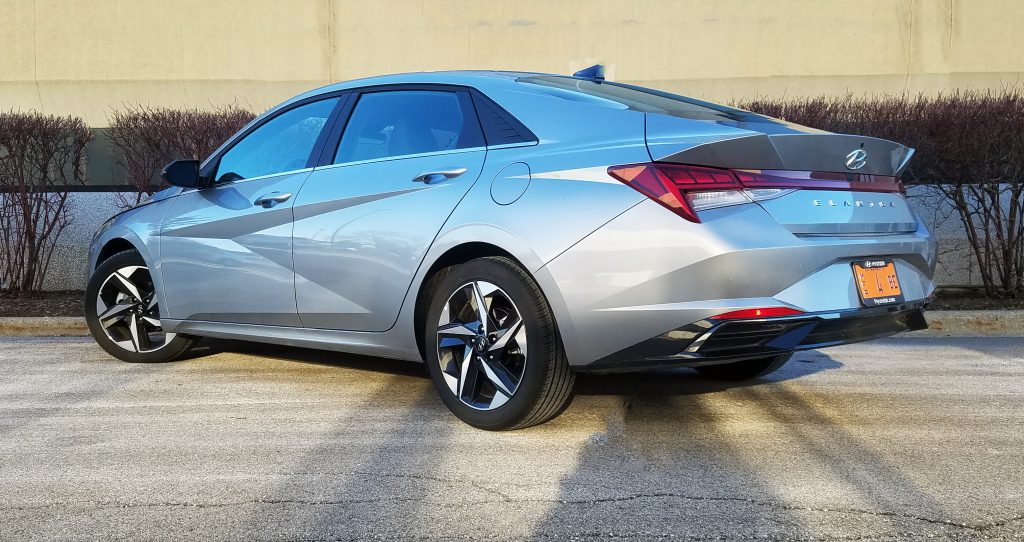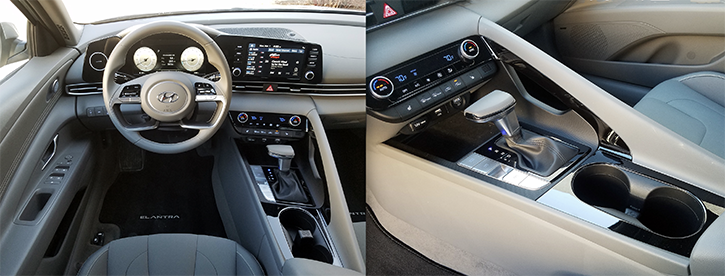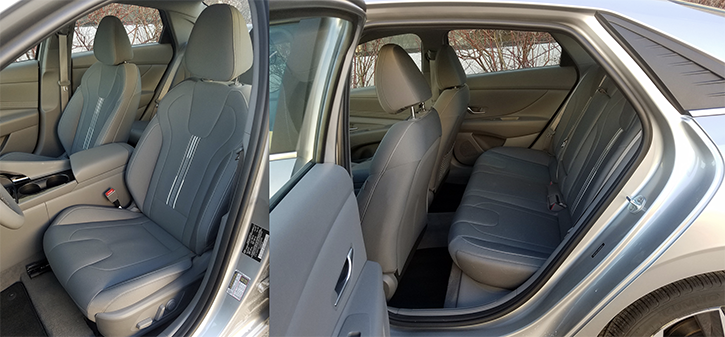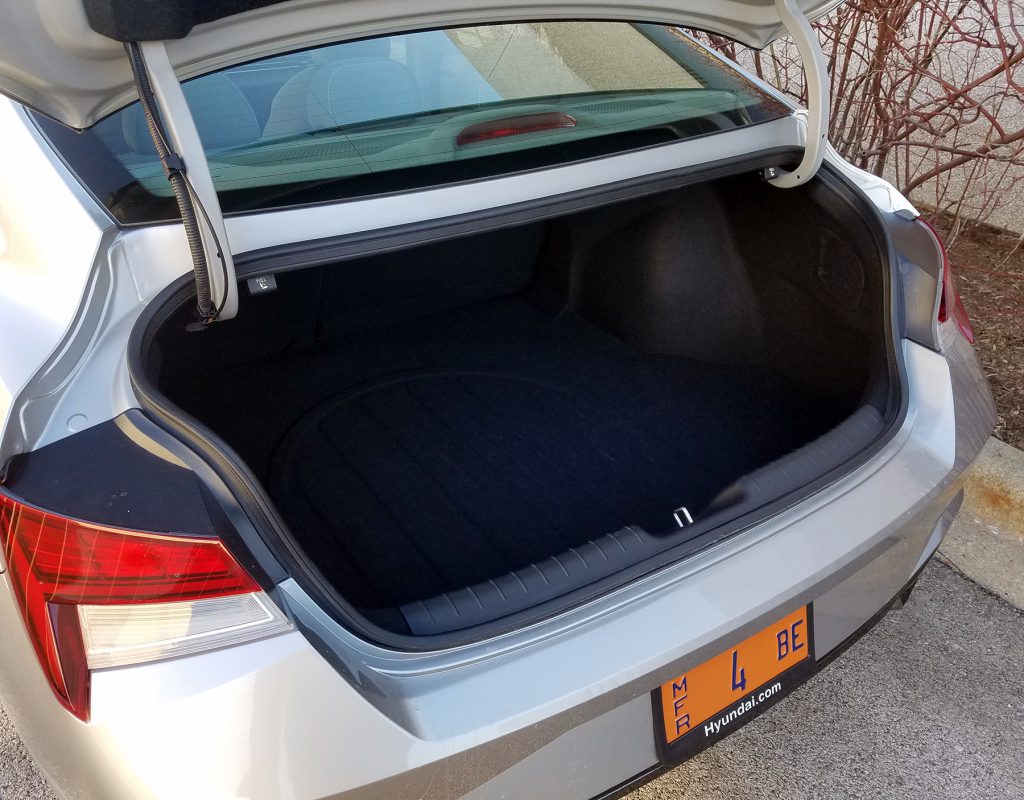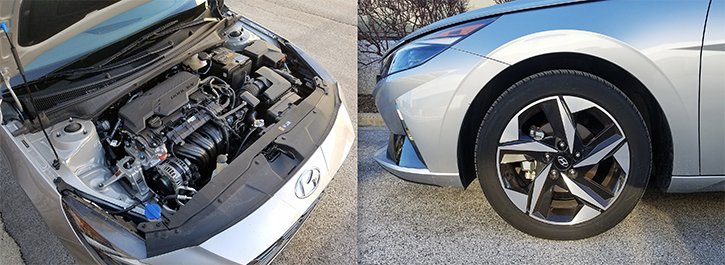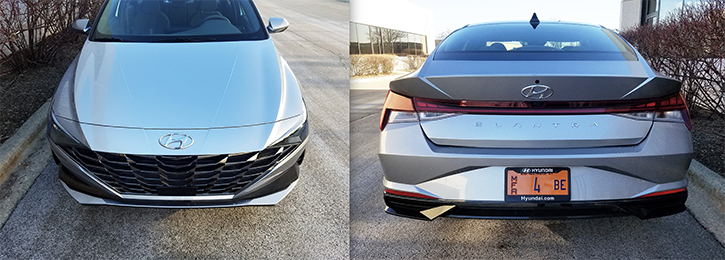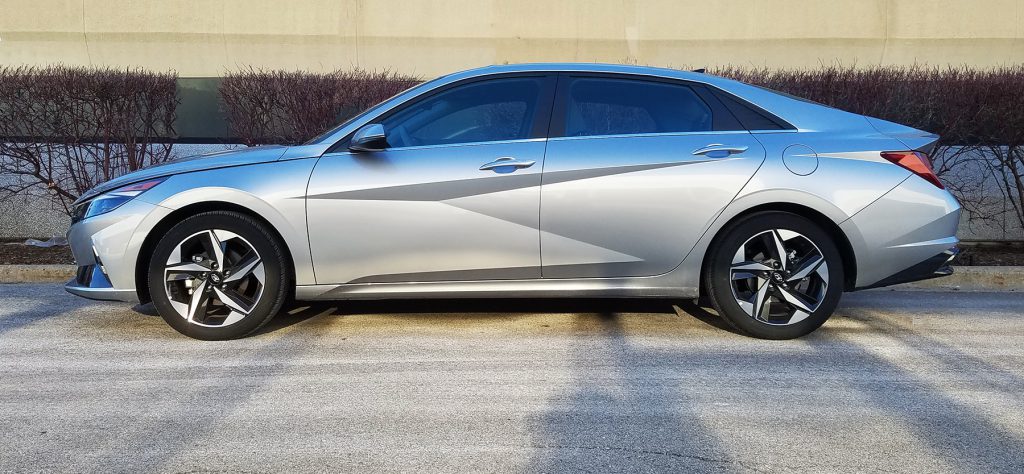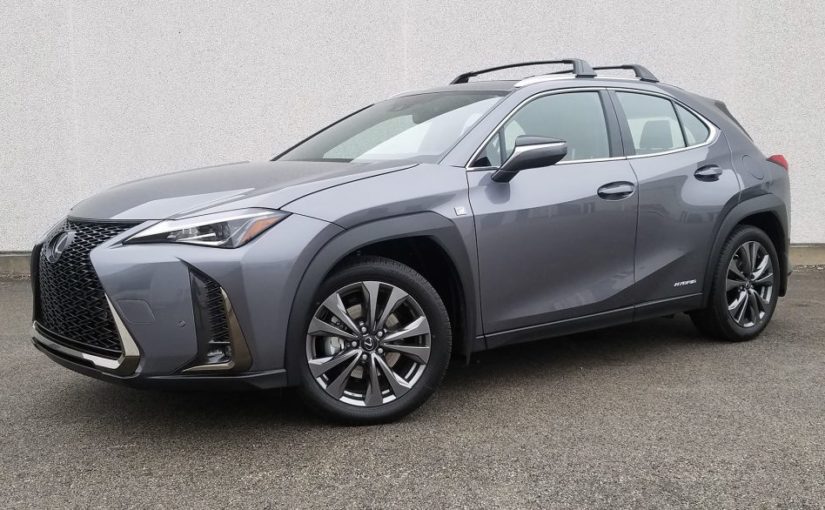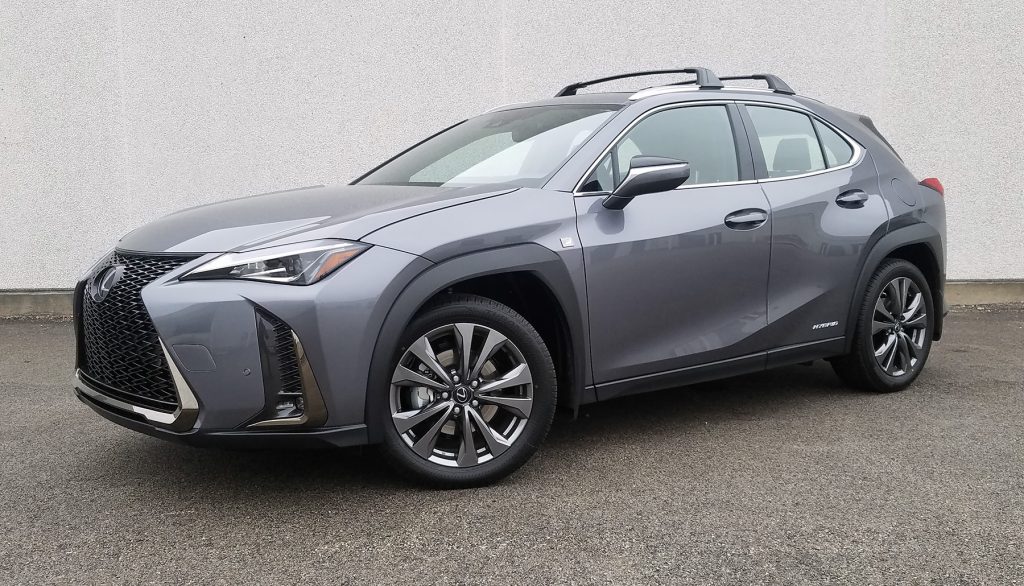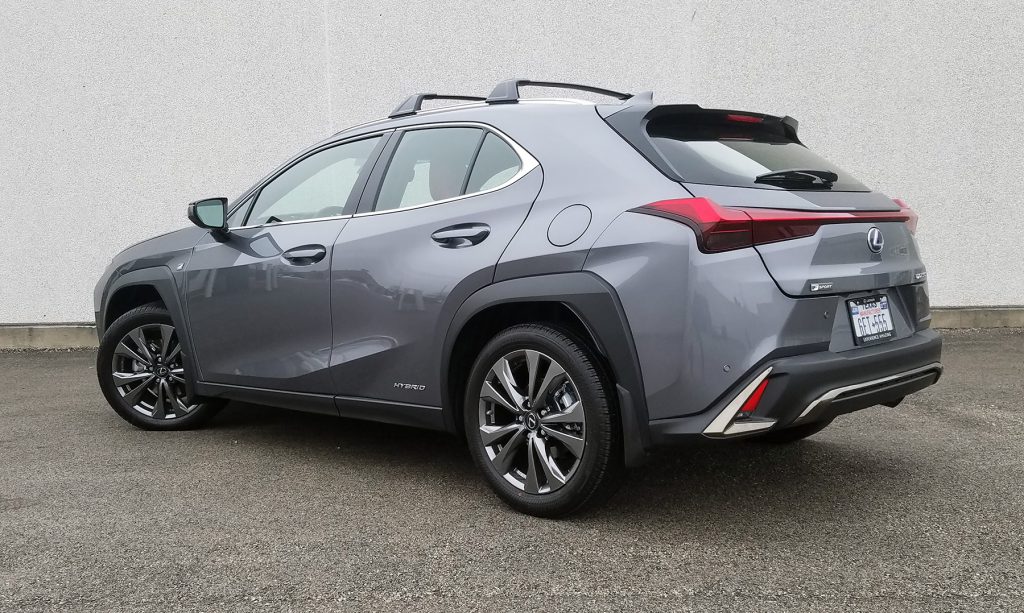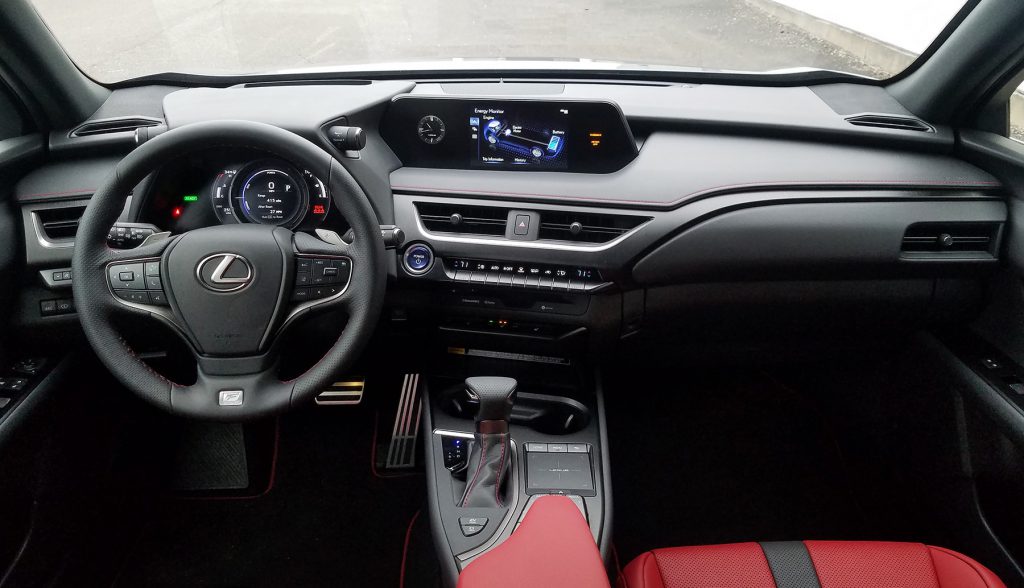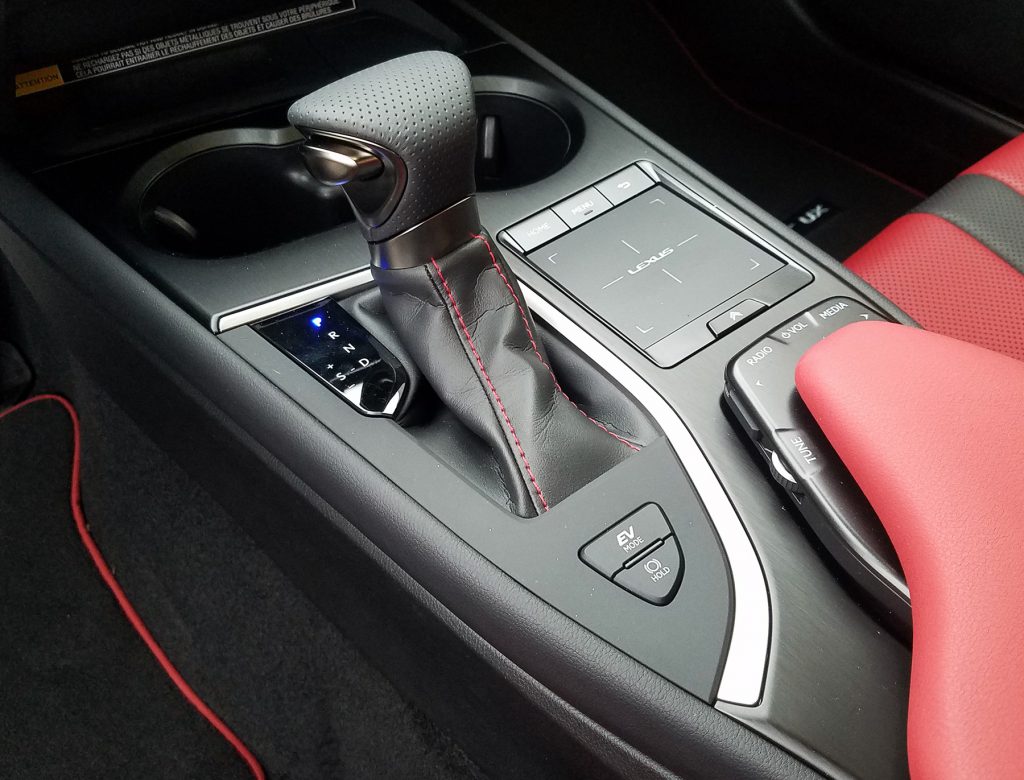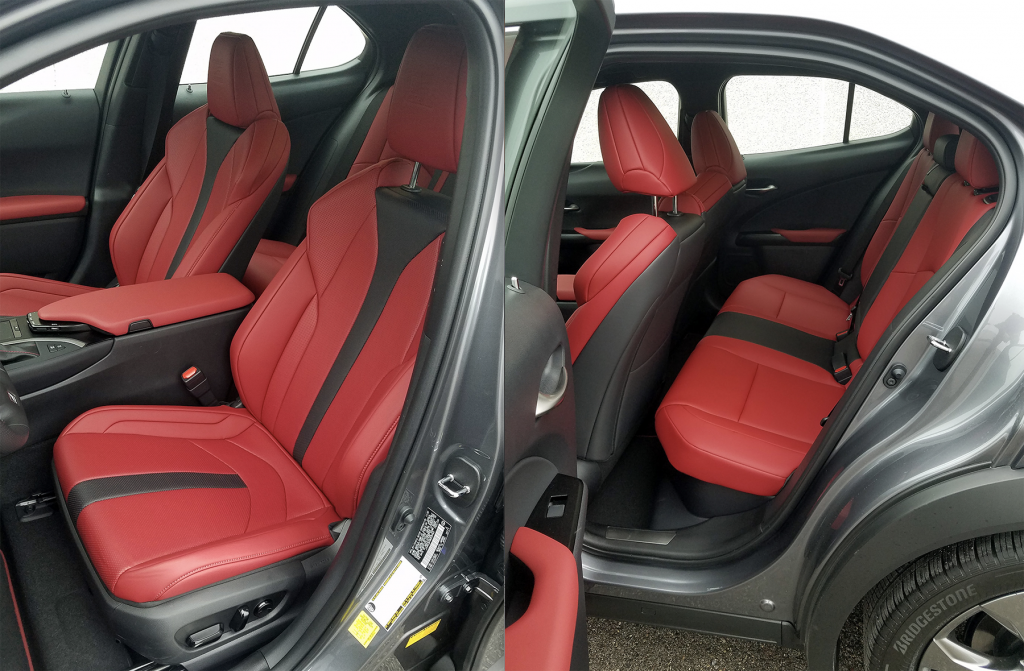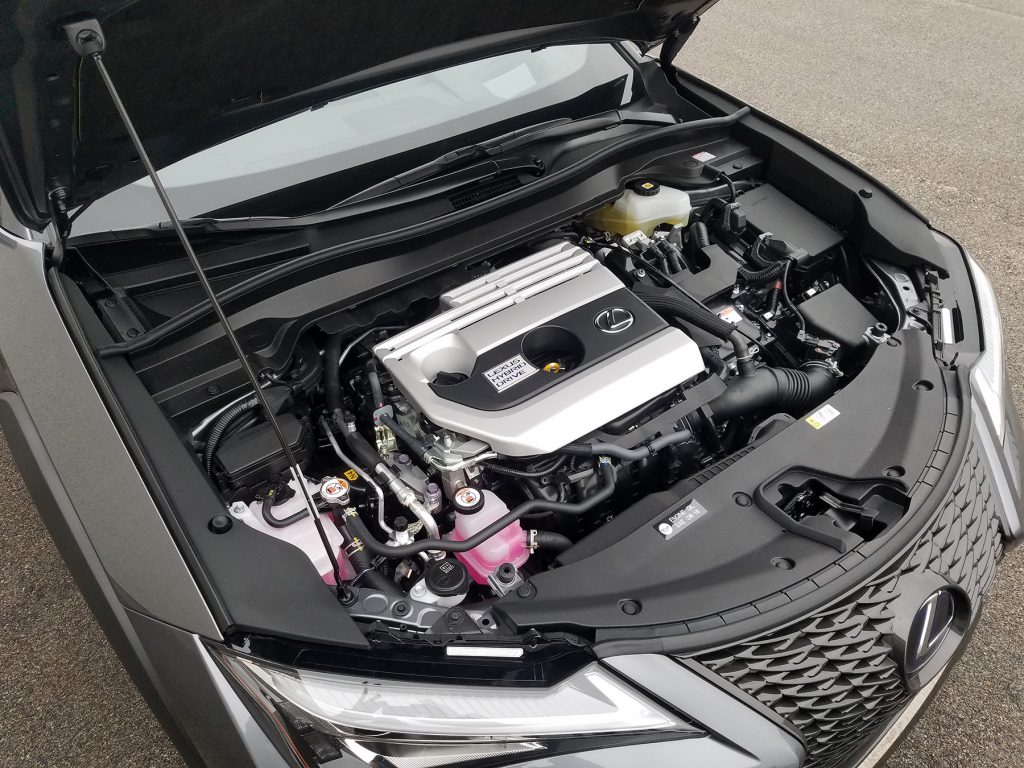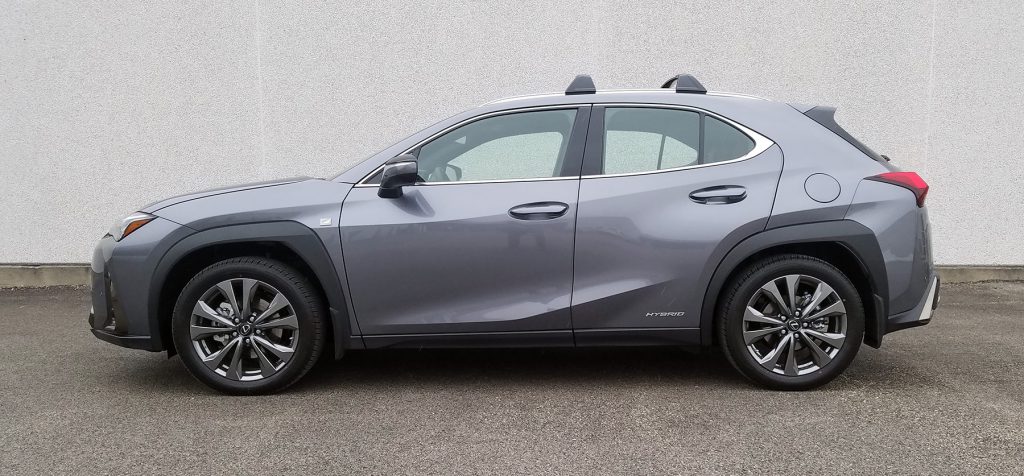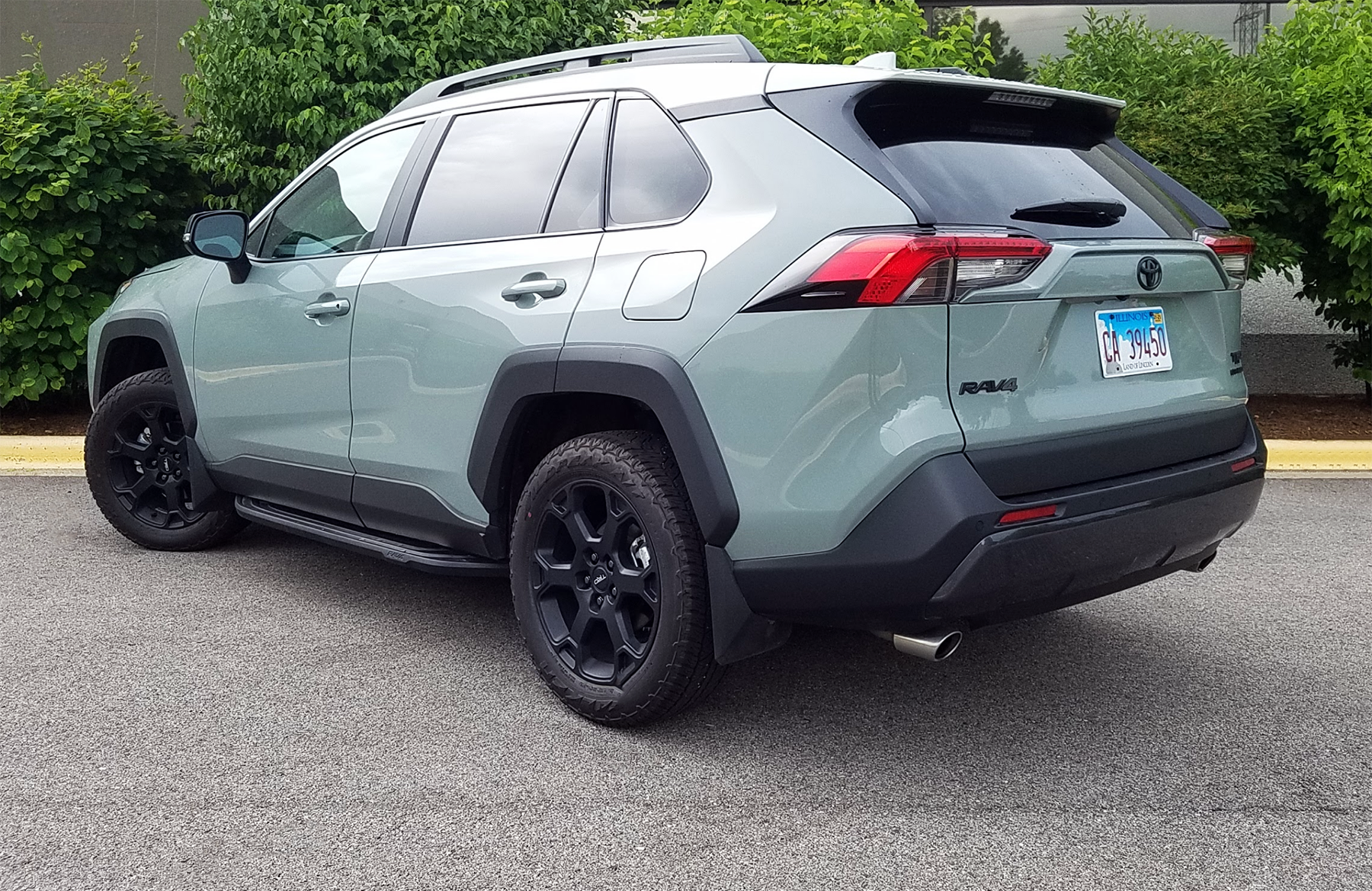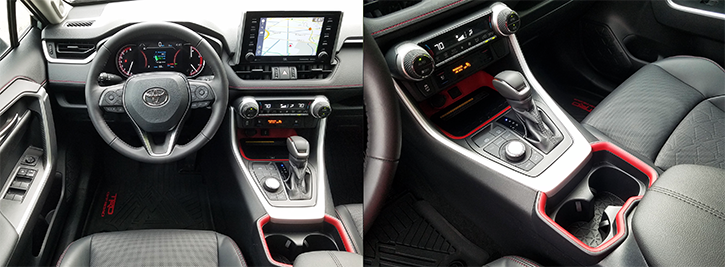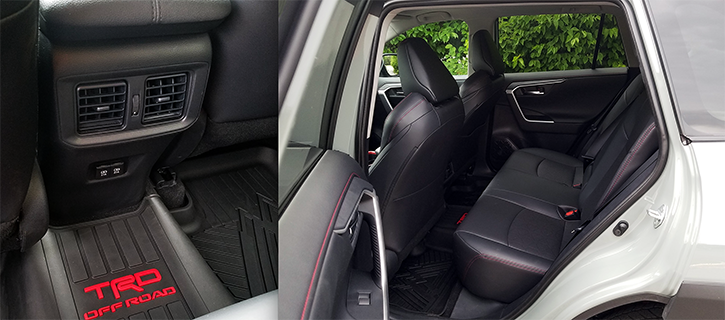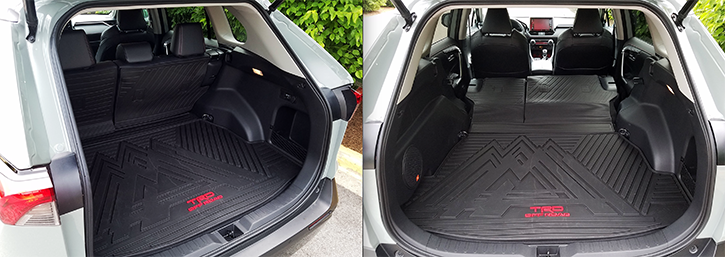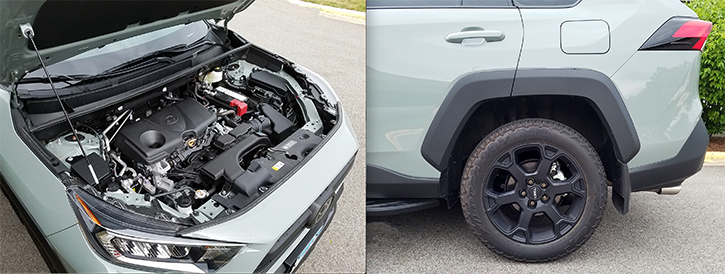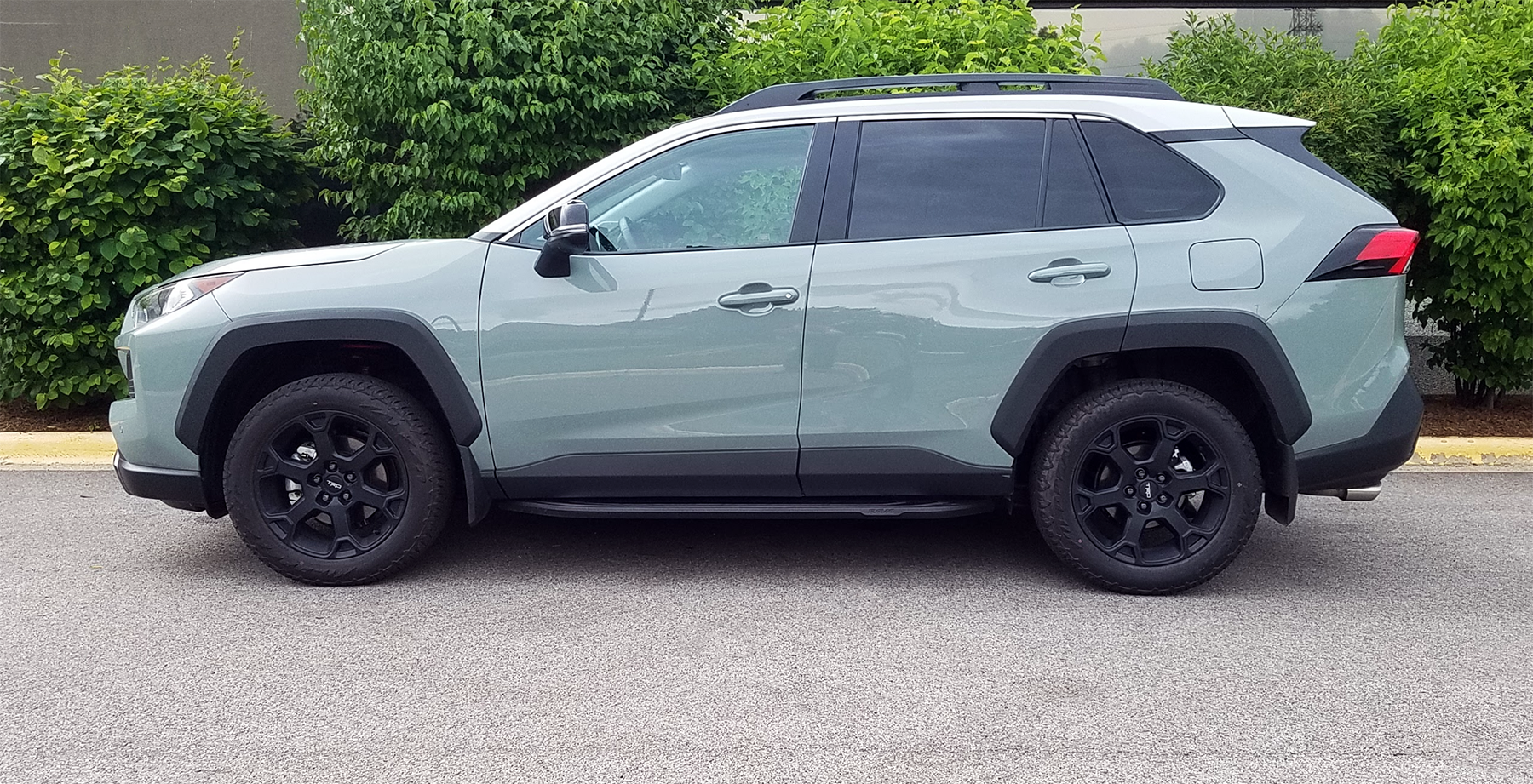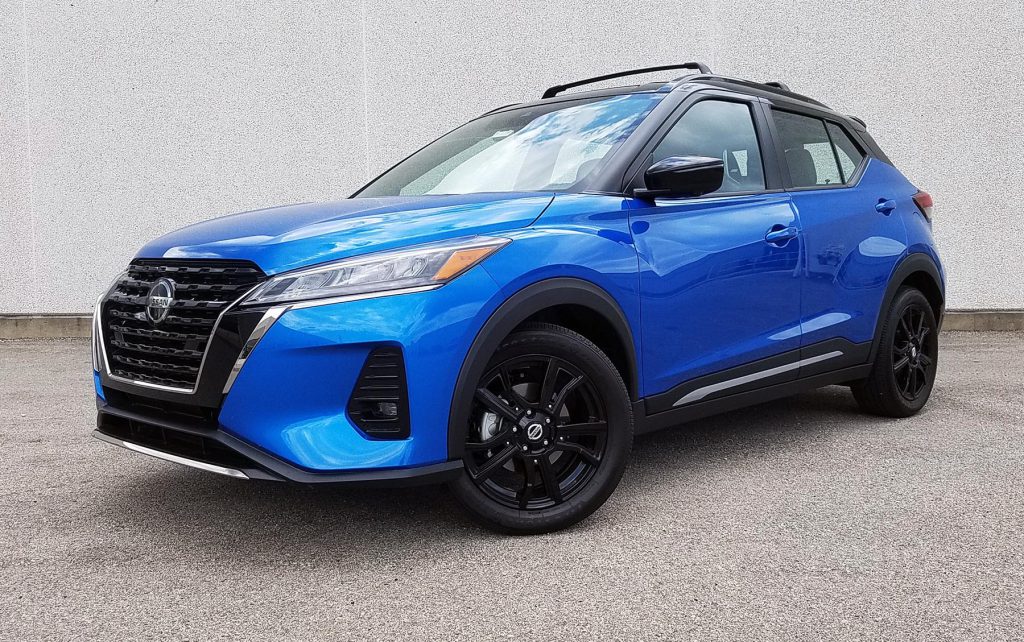
2021 Nissan Kicks SR in two-tone Electric Blue Metallic with Super Black roof (a $250 option)
Class: Subcompact Crossover
Miles Driven: 272
Fuel Used: 7.1 gallons
| CG Report Card | |
|---|---|
| Room and Comfort | B |
| Power and Performance | B- |
| Fit and Finish | B+ |
| Fuel Economy | A |
| Value | A- |
| Report-card grades are derived from a consensus of test-driver evaluations. All grades are versus other vehicles in the same class. Value grade is for specific trim level evaluated, and may not reflect Consumer Guide’s impressions of the entire model lineup. | |
| Big & Tall Comfort | |
| Big Guy | B+ |
| Tall Guy | B+ |
| Big & Tall comfort ratings are for front seats only. “Big” rating based on male tester weighing approximately 350 pounds, “Tall” rating based on 6’6″-tall male tester. | |
| Drivetrain | |
| Engine Specs | 122-hp 1.6-liter |
| Engine Type | 4-cyl |
| Transmission | CVT automatic |
| Drive Wheels | Front-wheel drive |
Real-world fuel economy: 38.3 mpg
Driving mix: 15% city, 85% highway
EPA-estimated fuel economy: 31/36/33 (city, highway, combined)
Fuel type: Regular Gasoline
Base price: $21,940 (not including $1150 destination charge)
Options on test vehicle: Exterior package with rear-roof spoiler ($435), 2-Tone Paint ($250), carpeted floor mats ($225), illuminated kick plates ($460), Interior Electronics Package ($575), Premium Package ($1200), 17-inch black alloy wheels ($495)
Price as tested: $26,730
Quick Hits
The great: Value pricing, standard safety features
The good: Great fuel economy with decent performance
The not so good: All-wheel drive is not offered, rear seats don’t fold flat with the cargo floor
More Kicks price and availability information
CG Says:
For an example of something that is more than the sum of its parts, look no further than the 2021 Nissan Kicks. Nissan’s subcompact crossover is among the smallest and least powerful vehicles in the growing small-SUV segment, but its overall appeal transcends its relatively humble elements.
Introduced for the 2018 model year, the Kicks enjoys a modest freshening for 2021. The most-obvious update is a revised front fascia that gives the Kicks a bolder look. Cabin appointments, too, are updated, though the effect is subtle. A larger touchscreen for SV and SR trim levels is the most meaningful revision, and Apple CarPlay/Android Auto connectivity are now standard across the line.
The Kicks is motivated by a 122-horsepower 1.6-liter engine mated exclusively to Nissan’s Xtronic CVT automatic transmission. Power is delivered through the front wheels on all models; AWD is not available.
As before, three trim levels are available: S, SV, and SR. Nissan reports that the midline SV and topline SR model comprise the bulk of Kicks sales. This isn’t surprising to us, as even our loaded SR test vehicle equipped with the $1200 Premium Package listed for less than $27,000. For the record, a no-frills base S can be had for less than $21,000 including destination.
We make note of three Kicks attributes that contribute most to its overall appeal: cabin space, sportiness, and fuel economy.
Despite its extra-tidy exterior dimensions, the Kicks’s relatively tall, upright body endows it with better occupant space inside than you might expect. There’s enough space for four average-sized adults here, though tall front-seat occupants may need to slide their seats back far enough to make the legroom tight in back. Still, the Kicks is decently roomy for its class.
Even though it’s working with a relatively modest amount of horsepower, the Kicks is decently quick from a stop and easily able to keep up with city traffic. Sharp handling and quick, communicative steering add to the fun.
And, for the second time in Consumer Guide testing, a test Nissan Kicks has returned fuel economy in excess of the EPA highway mileage estimate. A 2019 Kicks SR returned 37.2 mpg in 80-percent highway driving in our real-world testing, while the test car shown here did even better, returning 38.3 mpg in a similar mix of city/highway driving.
The Kicks has its flaws. Even in topline SR trim, some of the cabin materials are on the basic side. In highway driving, the road noise is relatively high and the ride can turn choppy—the Kicks may not be the best choice for consumers who spend most of their in-car time on long road trips.
However, as a high-value commuter car that’s surprisingly fun to drive, the Kicks deserves a spot on your test-drive list. As we noted earlier, Kicks may not impress on paper, but this likable small crossover is somehow more than you might expect.
Test Drive: 2019 Nissan Kicks SR
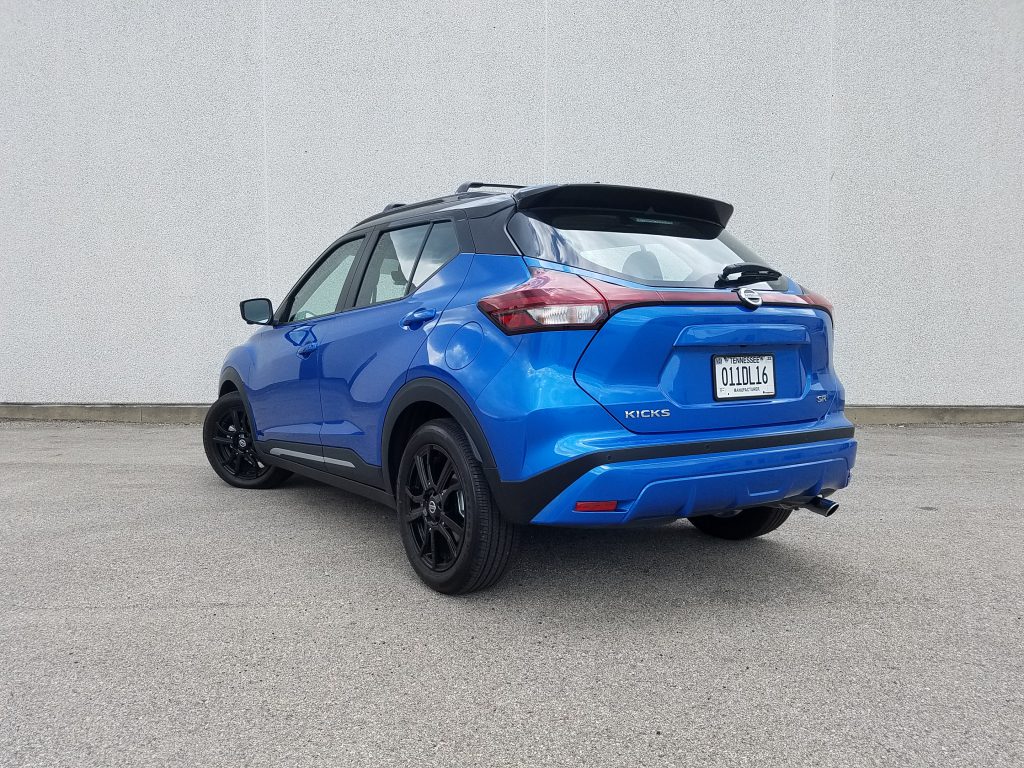
2021 Nissan Kicks SR
Test Drive: 2022 Volkswagen Taos SE
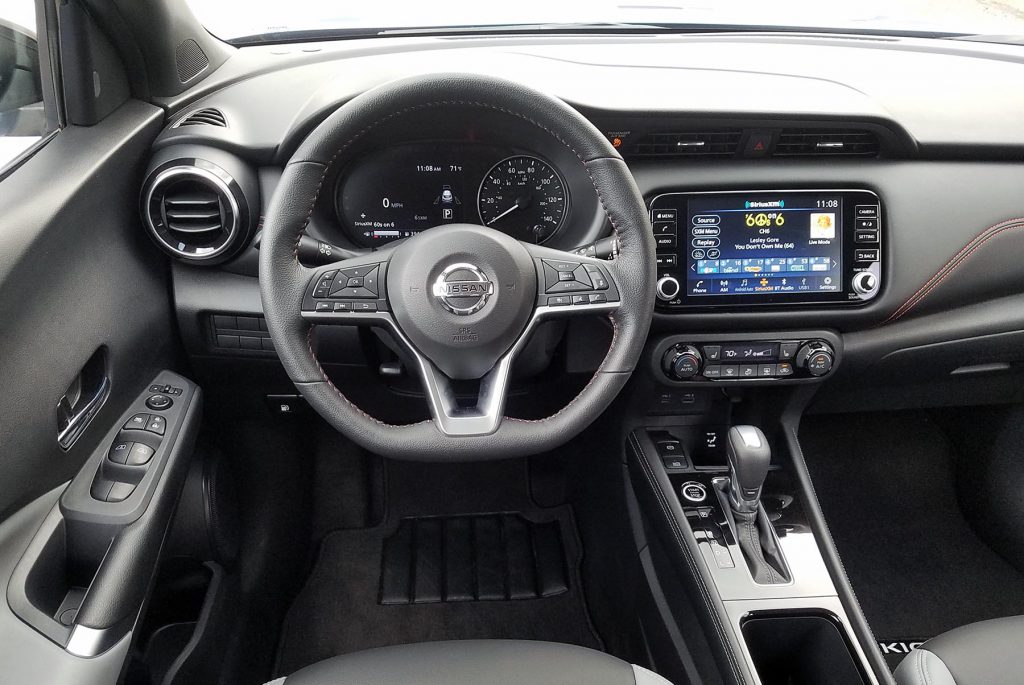
2021 Nissan Kicks SR
First Spin: 2022 Toyota Corolla Cross
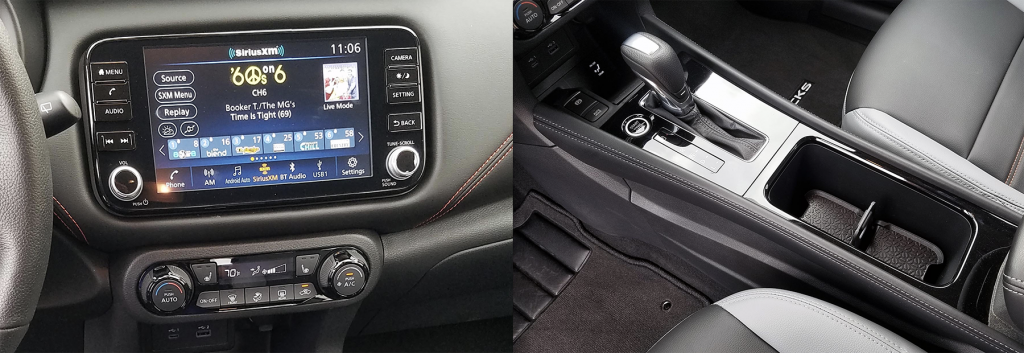
2021 Nissan Kicks SR
Quick Spin: 2021 Chevrolet Trailblazer Activ
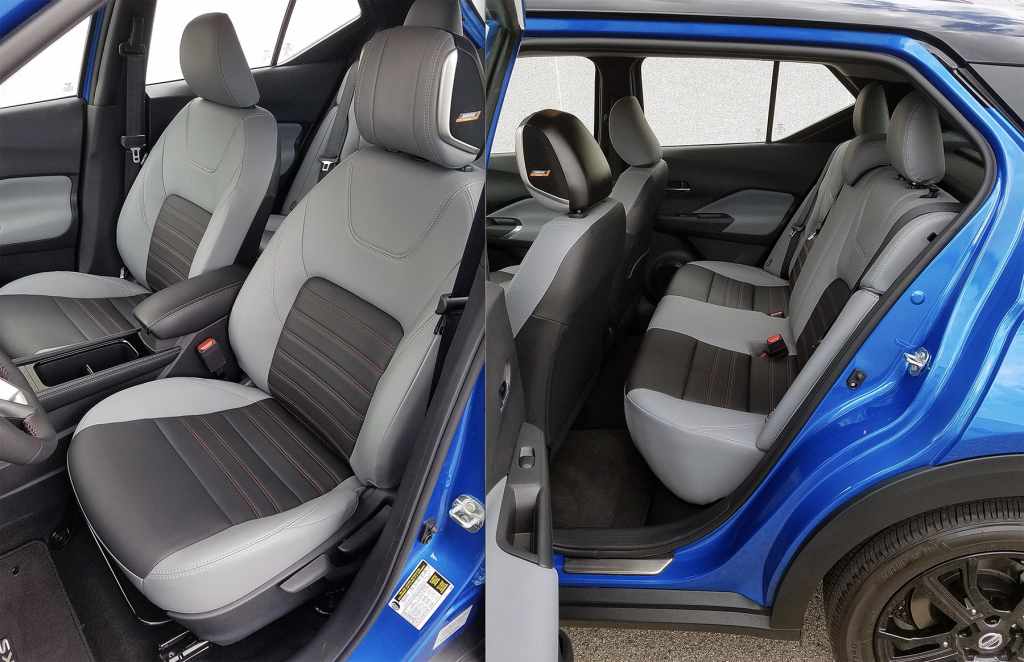
2021 Nissan Kicks SR
Test Drive: 2021 Ford Bronco Sport Outer Banks
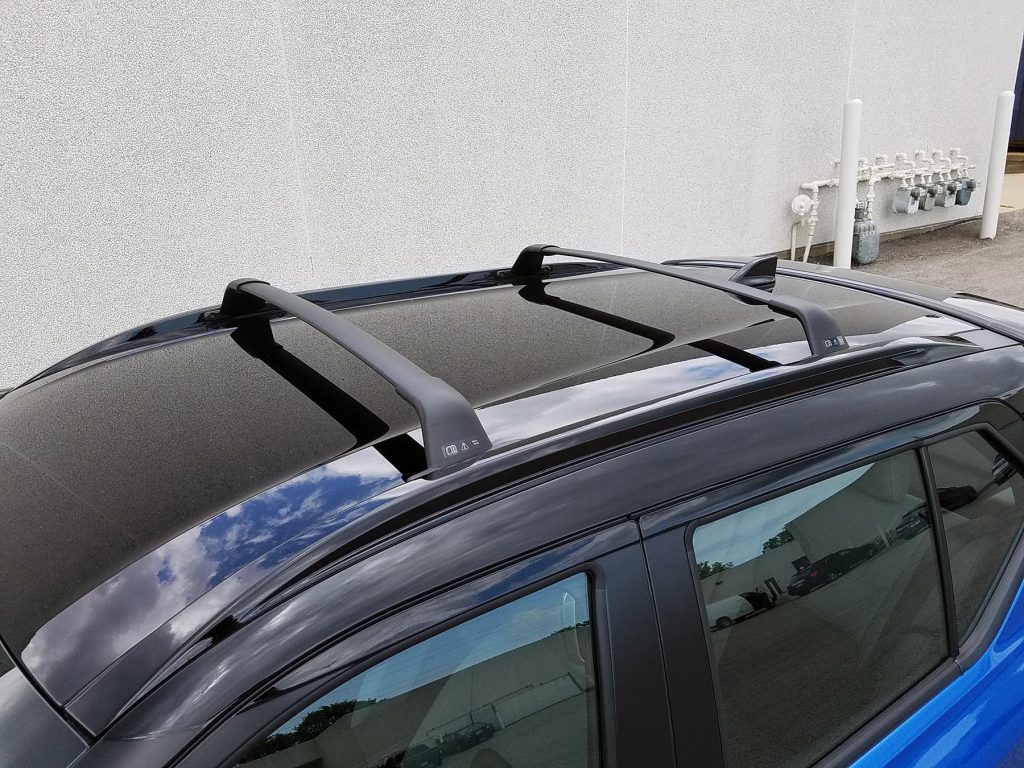
2021 Nissan Kicks SR
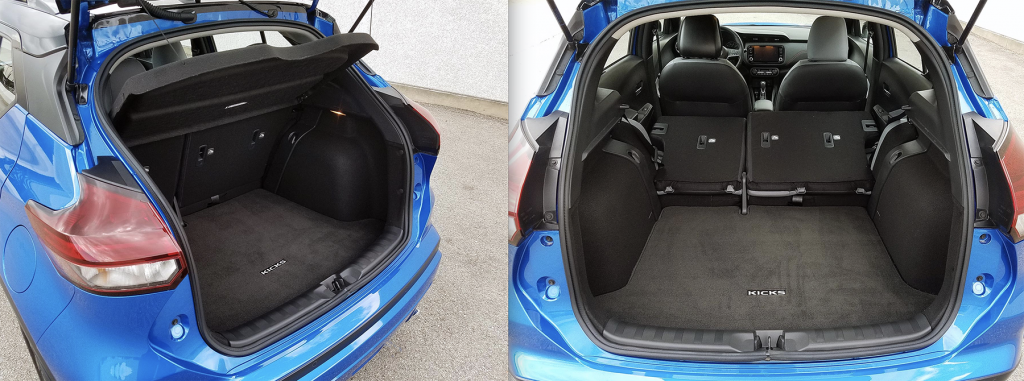
2021 Nissan Kicks SR
First Spin: 2021 Buick Envision
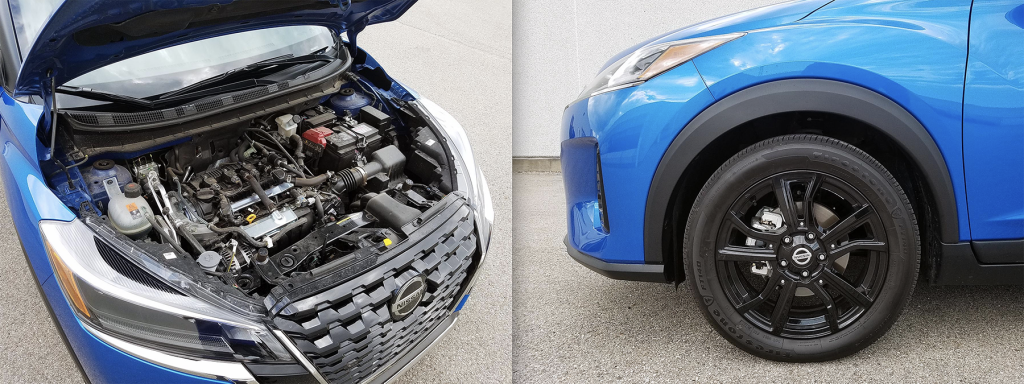
2021 Nissan Kicks SR
Quick Spin: 2021 Subaru Crosstrek Limited

2021 Nissan Kicks SR
First Spin: 2021 Mazda CX-30 2.5 Turbo
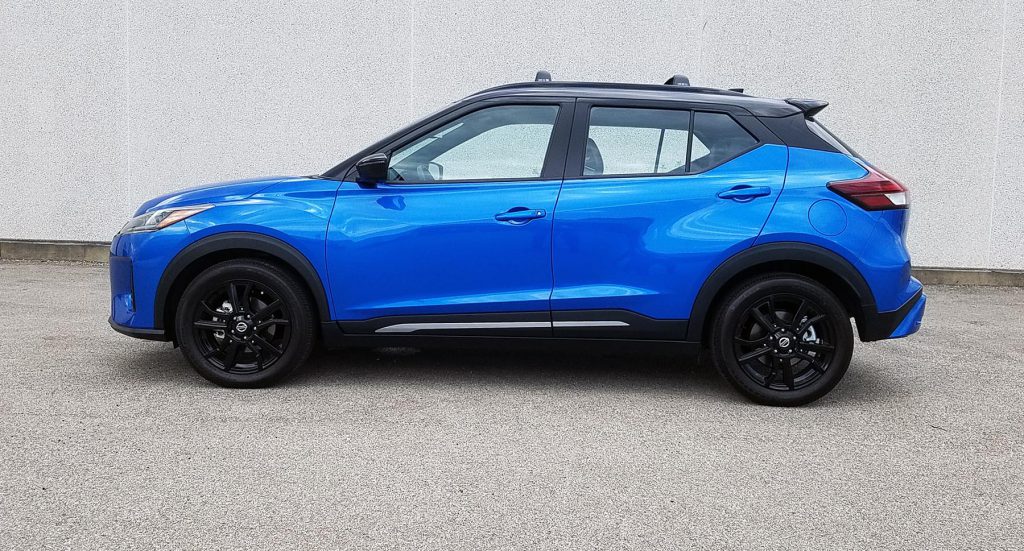
2021 Nissan Kicks SR
Check out the Consumer Guide Car Stuff Podcast
2021 Nissan Kicks SR Gallery
(Click below for enlarged images)
